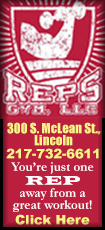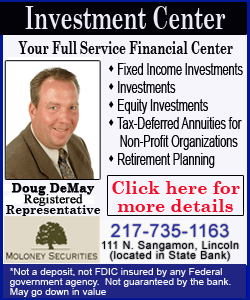|
 Reuters poll of 72 economists showed a slight majority expect an
interest rate rise from the current 0-0.25 percent at the Sept.
16-17 policy meeting. Reuters poll of 72 economists showed a slight majority expect an
interest rate rise from the current 0-0.25 percent at the Sept.
16-17 policy meeting.
A smaller sample asked the probability of that happening gave just a
50-50 chance, down from a 60 percent median probability predicted in
survey taken last month.
The chances of interest rates rising by end-December were put at a
higher 75 percent, but down from 85 percent in the last poll, as
recent global financial market volatility, triggered by worries of
cooling economic growth in China, have lowered expectations.
"The improvement in the economy means that it is almost impossible
to justify interest rates still being at near-zero," said Paul
Ashworth, chief U.S. economist at Capital Economics.
"Nevertheless, a number of Fed officials clearly want to use the
recent volatility in financial markets as a reason to delay the
first rate hike yet again," he said.

Not only was next week's Fed policy meeting a close call, but the 39
economists polled who forecast a hike were almost evenly split on
whether the Fed would stick to a range for the fed funds rate or
move back to a point target.
The median forecast showed the fed funds rate ending the year at
0.375 percent compared to the current range of zero to 0.25 percent.
By comparison, based on CME fed funds rate futures prices on Friday,
market expectations for a September rise in the fed funds target
rate fell further to only 21.43 percent, from 23.57 percent Thursday
and 45 percent a month ago.
Job openings hit a record high in July and the economy has added an
average of 221,000 jobs per month over the past three months, far
more than what is needed to keep up with population growth.
The unemployment rate, at a 7-1/2 year low of 5.1 percent, is into
the range that most Fed officials think is consistent with a low but
steady rate of inflation, and would likely bolster their
expectations that a rise in wages will help lift inflation toward
their 2.0 percent target.
Tightening labor market conditions have so far not spurred faster
wage growth though, but economists are confident a pick-up in wage
pressures is around the corner.
[to top of second column] |

"We have an economic environment that warrants probably more than
even just two rate hikes," said Jacob Oubina, senior U.S. economist
at RBC Capital Markets in New York.
"The reality about wage inflation and inflation in general is that
it doesn't follow a gradual uptrend," he said. "It shows up and when
it does, it's hard to rein it if you don't have the wherewithal to
do it."
The survey forecast the personal consumption expenditures price
index, excluding food and energy, averaging 1.4 percent this year
and accelerating to an average of 1.8 percent in 2016. Core PCE is
the Fed's preferred inflation measure.
In the August poll, it had been forecast averaging 1.7 percent in
2016. The forecast for 2015 is unchanged from last month. A plunge
in crude oil prices in June last year and a strong U.S. dollar have
kept inflation muted.
The U.S. economy, which expanded at an annual rate of 3.7 percent in
the second quarter, was forecast growing at a good pace for the rest
of the year.
Gross domestic product growth was expected to average 2.5 percent
this year, up from 2.3 percent in the August survey.
(Polling and analysis by Deepti Govind and Krishna Eluri; Editing by
Chizu Nomiyama)
[© 2015 Thomson Reuters. All rights
reserved.] Copyright 2015 Reuters. All rights reserved. This material may not be published,
broadcast, rewritten or redistributed.
 |